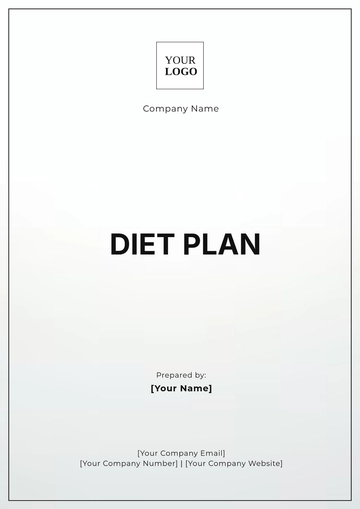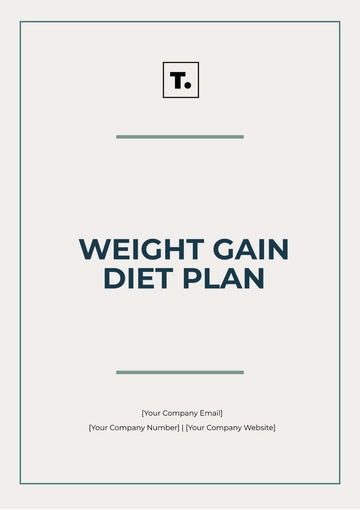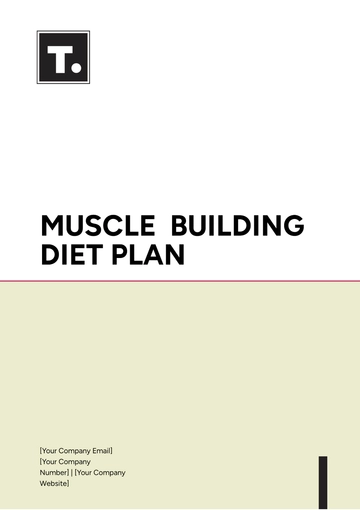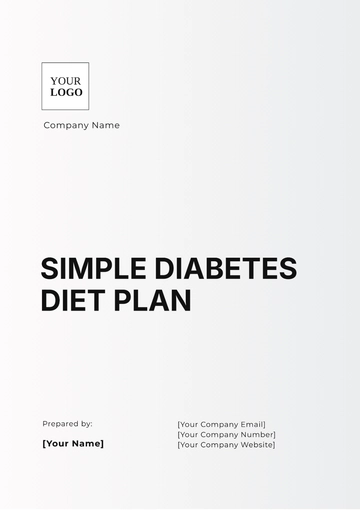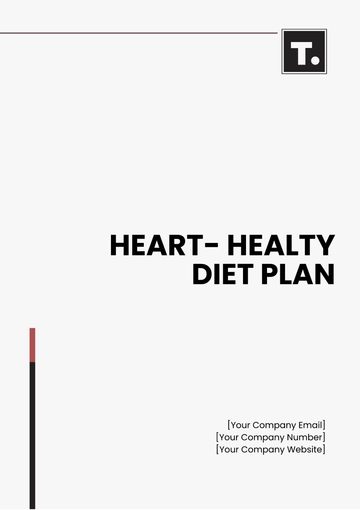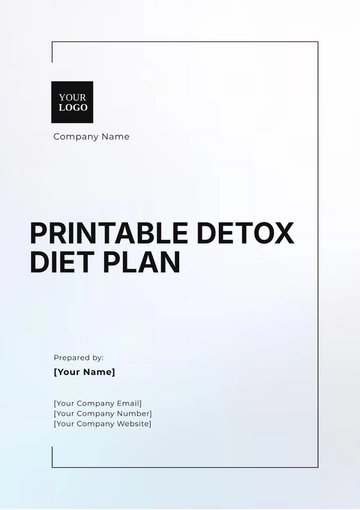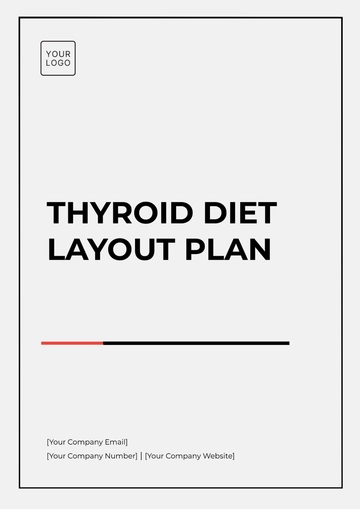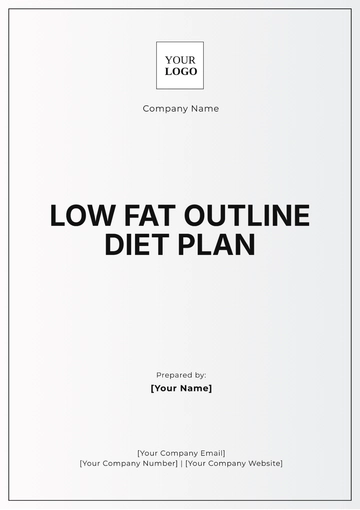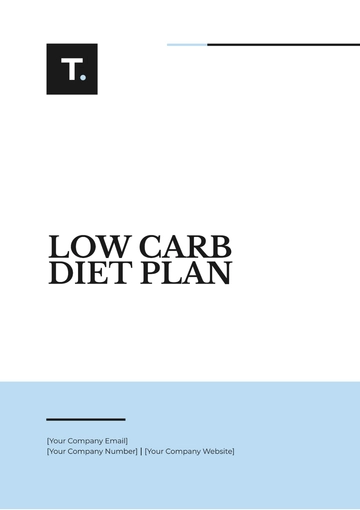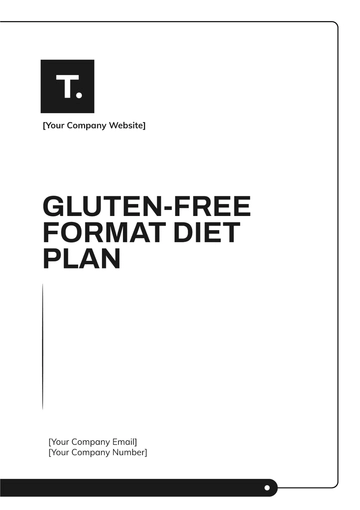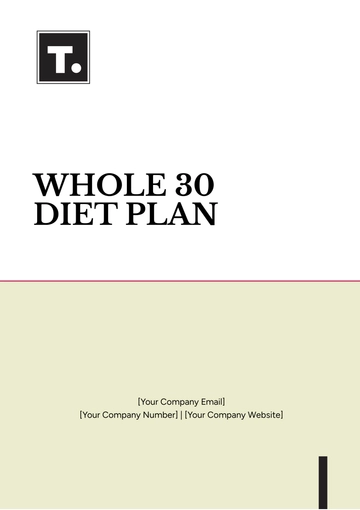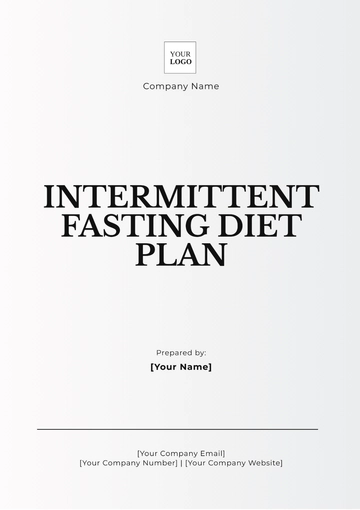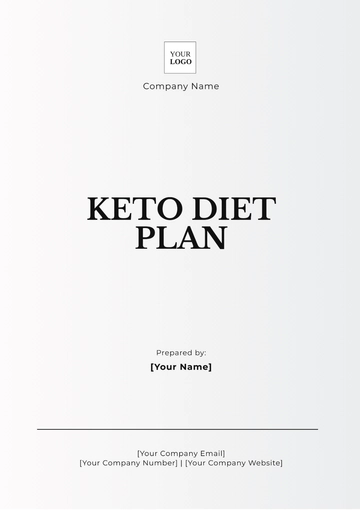Free Keto Diet Plan
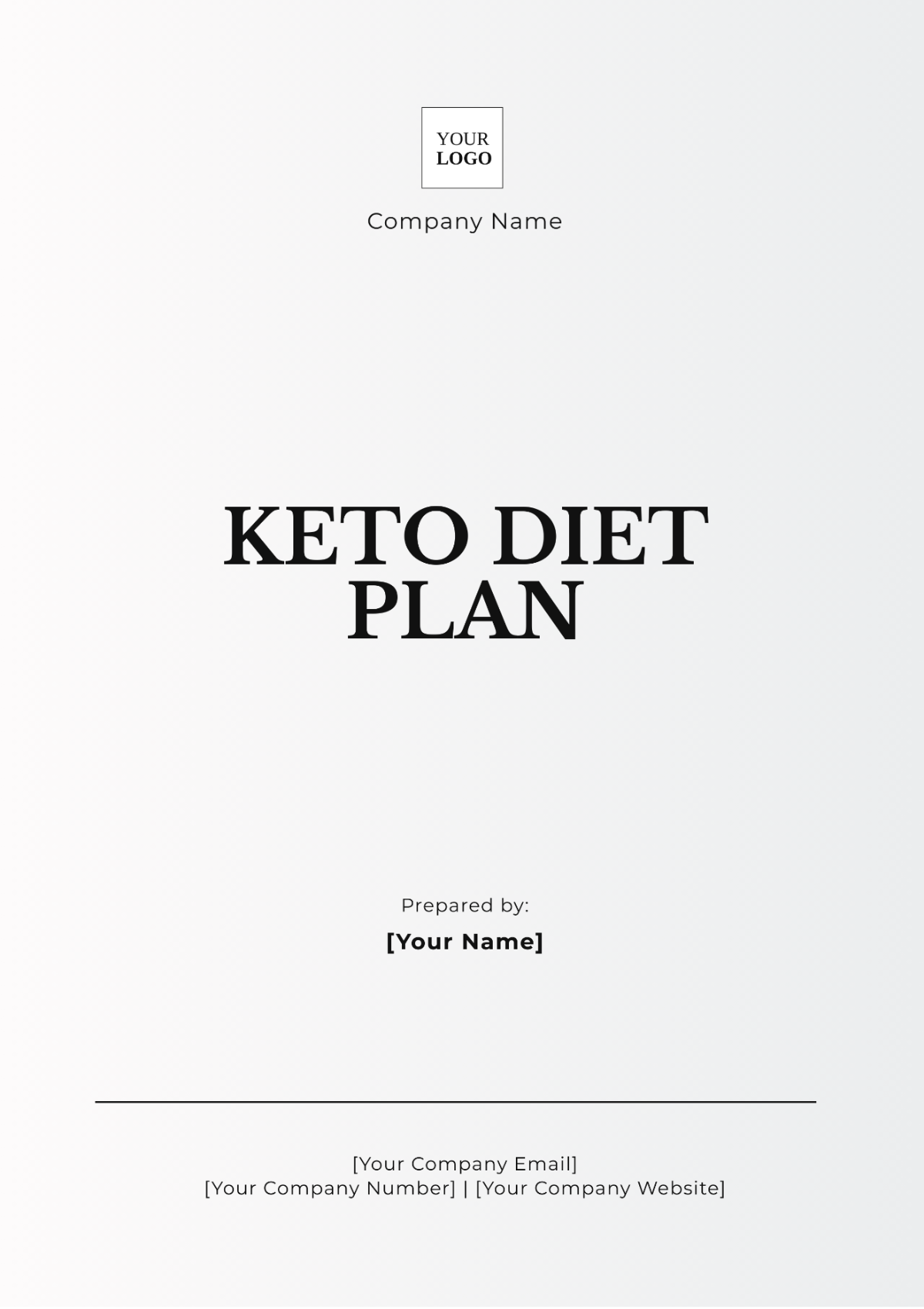
I. Introduction
The ketogenic diet, commonly referred to as the keto diet, is a high-fat, low-carbohydrate eating plan that aims to shift the body’s metabolism from carbohydrates to fats for energy production. This dietary approach has gained immense popularity for its potential benefits in weight loss, improved mental clarity, increased energy levels, and enhanced overall health. health and wellness.
II. How the Keto Diet Works
By significantly reducing carbohydrate intake, the keto diet forces the body to enter a state known as ketosis, where it begins to burn fat for fuel in the absence of sufficient carbohydrates.
A. What is Ketosis?
Ketosis is a natural metabolic state where the liver converts fatty acids into ketones, which then serve as the primary energy source for the body and brain. This shift not only helps in burning fat but also stabilizes blood sugar levels, making it a promising option for individuals with insulin resistance or diabetes.
B. Benefits of the Keto Diet
Weight Loss: The keto diet can lead to rapid weight loss, particularly in the initial phases, due to decreased hunger levels and increased fat oxidation.
Control of Blood Sugar Levels: The diet helps stabilize insulin and blood sugar levels, reducing the risk of type 2 diabetes and aiding those who already have the condition.
Reduction in Inflammation: Ketogenic eating patterns may help reduce inflammation markers in the body, benefiting those with inflammatory conditions.
Improved Mental Focus: Many adherents report enhanced mental clarity and focus, likely due to the brain utilizing ketones instead of glucose.
Enhanced Energy Levels: With fat as a steady energy source, individuals often experience sustained energy levels throughout the day without the energy crashes associated with high-carb diets.
III. Keto Diet Guidelines
To effectively follow the keto diet, adherence to specific guidelines can help you achieve and maintain ketosis.
A. Macronutrient Ratios
Typically, the keto diet consists of the following macronutrient distribution:
Macronutrient | Percentage |
|---|---|
Fats | 70-75% |
Proteins | 20-25% |
Carbohydrates | 5-10% |
B. Foods to Eat
Incorporate these nutrient-dense foods into your diet:
Meat and Poultry: Beef, chicken, turkey, and lamb (preferably grass-fed or organic)
Fish and Seafood: Fatty fish like salmon, sardines, and mackerel
Low-Carb Vegetables: Leafy greens such as spinach, kale, and broccoli
Dairy Products: High-fat options like cheese, butter, and heavy cream
Nuts and Seeds: Almonds, walnuts, chia seeds, and flaxseeds
Healthy Fats: Olive oil, avocado oil, coconut oil, and avocados
C. Foods to Avoid
To maintain ketosis, it’s crucial to avoid:
Sugary Foods and Drinks: Sodas, candy, desserts, and sweetened beverages
Grains and Starches: Bread, pasta, rice, and cereals
High-Carb Fruits: Bananas, apples, grapes, and oranges
Legumes: Beans, lentils, and chickpeas
Root Vegetables: Potatoes, carrots, and sweet potatoes
IV. Sample Meal Plan
Here’s a simple 3-day meal plan to kickstart your keto journey:
A. Day 1
Breakfast: Scrambled eggs with avocado and a sprinkle of cheese
Lunch: Grilled chicken salad with mixed greens, olive oil, and vinegar dressing
Dinner: Baked salmon with asparagus sautéed in garlic butter
B. Day 2
Breakfast: Keto pancakes made with almond flour, served with cream cheese and berries
Lunch: Tuna salad wrapped in large lettuce leaves with a side of pickles
Dinner: Beef stir-fry with broccoli, bell peppers, and sesame oil
C. Day 3
Breakfast: Greek yogurt (full-fat) topped with chopped nuts and a dash of cinnamon
Lunch: Avocado and bacon salad with hard-boiled eggs and a creamy dressing
Dinner: Pork chops served with cauliflower rice and sautéed spinach
V. Tips for Success
To maximize your success on the keto diet, consider these helpful tips:
Start Gradually: Transitioning to a keto diet can be challenging; begin by reducing carbohydrates slowly to allow your body to adjust.
Stay Hydrated: Drink plenty of water throughout the day to prevent dehydration and help flush out toxins.
Monitor Your Macronutrient Intake: Utilize apps or journals to track your food intake, ensuring you stay within your desired macronutrient ratios, especially carbohydrates.
Plan Meals Ahead: Meal prepping can help avoid temptation and ensure you have keto-friendly options readily available.
Incorporate Exercise: Regular physical activity can enhance weight loss and improve overall health while on the keto diet.
- 100% Customizable, free editor
- Access 1 Million+ Templates, photo’s & graphics
- Download or share as a template
- Click and replace photos, graphics, text, backgrounds
- Resize, crop, AI write & more
- Access advanced editor
Elevate your health journey with the keto diet Plan Template, designed for effortless meal planning and tracking. This customizable and downloadable template simplifies your ketogenic lifestyle, ensuring you stay on track with your dietary goals. Enjoy the convenience of a printable format, perfect for easy reference. Plus, it's editable in our AI Editor Tool, allowing you to tailor it to your preferences.
